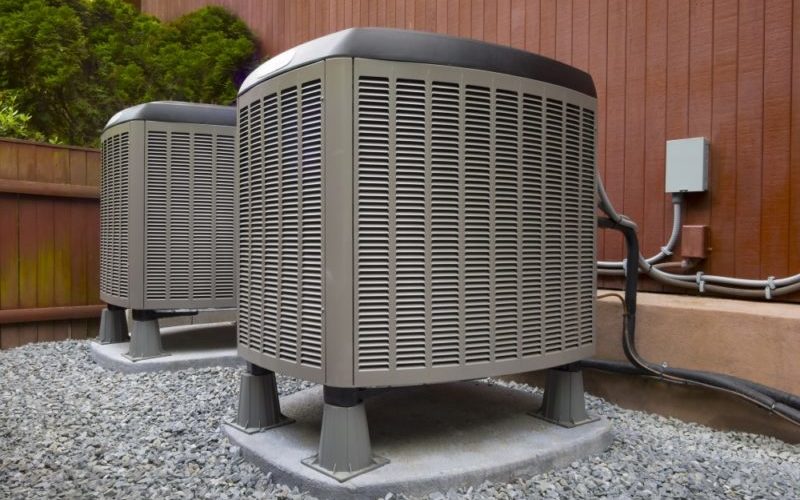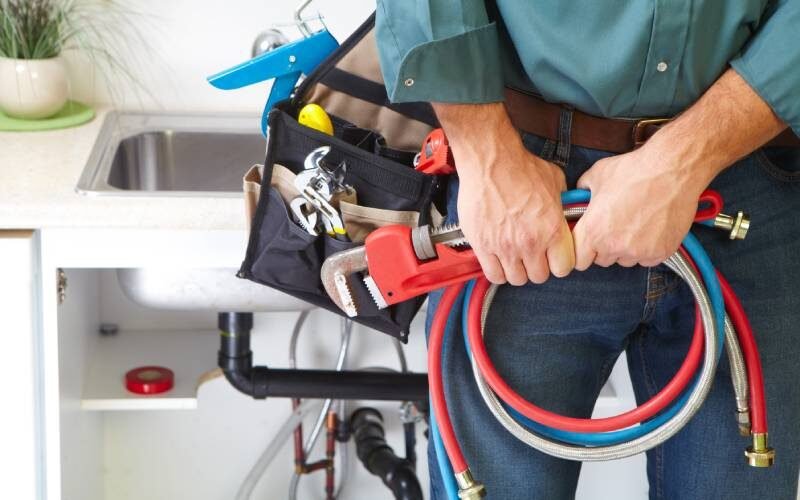Installing an HVAC system in your home can undeniably do wonders for keeping you and your family cool and comfortable, especially considering how hot it can get in Miami. However, the installation process tends to be complicated, especially if you’re unsure of what you’re doing.
That’s why it’s generally recommended to leave it to professionals like Direct Air. It is essential that these professional Installers have the tools, equipment, and expertise needed to do the job correctly.
Still, it can be a good idea to familiarize yourself with the process so that you’ll know what to look out for if you experience problems with your HVAC system. So, without further ado, here’s everything you need to know about installing an HVAC system in your home.
A Step-by-step Guide to Installing an HVAC System
So, how do you install an HVAC system in your home? Where do you start?
Choose the Perfect System for Your Home
Before installing one, you need to ensure that your HVAC system is well-suited to your space, especially since not all models are built the same. You’ll need to consider multiple factors when deciding on an HVAC system, such as your home’s size, the local climate, as well as the system’s size, capacity, energy consumption, and efficiency, among many others.
For example, if you have a small home, you’re better off choosing a smaller unit since you won’t need to cover much space. Selecting a larger system can be counter-productive in terms of energy efficiency because it will consume more energy than necessary.
You’ll also need to calculate your home’s heating and cooling load to determine how big a unit you’ll need for your home. Doing so will also help you determine if you need additional insulation to reduce the heat gain in your home. Extra insulation can help optimize your HVAC system’s efficiency and performance.

Check Your Ductwork
Aside from the unit itself, you should also check your home’s existing ductwork, if there’s any. If not, make sure you have your home inspected to see how the duct system would fit in your home.
In most cases, you’ll need to make some modifications to your air ducts since they will need to accommodate a larger volume of air with an HVAC system. Not doing so can affect how efficient your unit will be at cooling your home and keeping the temperature even and comfortable.
In some cases, especially with older homes, you’ll need to replace the duct system entirely to ensure you’re not wasting energy when using your new HVAC system.
Choose the Installation Location
Once you’ve inspected your ductwork, the next factor you’ll need to consider before installing the unit itself is choosing the perfect location for the indoor and outdoor units. In general, you need to be strategic with where you want to install your HVAC system.
Doing so can help increase its efficiency and lower its energy consumption, which can help reduce the costs of your energy bill. Aside from that, carefully choosing where you install your AC can help minimize the disruptions it can cause, especially since they can make quite the noise.
For example, you may want to avoid installing the outdoor unit near the bedrooms since the noise can be disruptive at night. You’ll also need to ensure that the indoor unit has enough clearance in front to ensure unobstructed airflow and circulation.
Apart from these, where you install the thermostat is also essential. Make sure you install it somewhere that will allow it to gauge the temperature accurately inside your home. Keeping it near drafty areas or air ducts can throw off its readings.
Install Your Unit
After everything is prepared, the next step is installing the unit itself. Most standard models are designed to be wall-mounted. However, it’s still better to follow what’s indicated with your specific model to avoid any problems.
If you’re inexperienced or don’t have the tools or equipment needed for an HVAC installation, it’s best to call professionals like Direct Air to help you out. You can check more of what they have to offer here.
Calling professionals is considered the better option because you’re less likely to avoid any significant problems during the installation process. They can also explain more about the process and what you need to do in terms of maintenance and ensuring your HVAC system’s efficiency and optimal performance.

Check if it’s Operating Smoothly
Once you’ve installed your new HVAC system, you’ll need to see if everything is running as it should. Doing so can also help you determine if you missed something during installation.
However, before switching it on, make sure that you conduct a final check on the entire system to avoid encountering major problems with your system. Conduct a thorough inspection and basic maintenance before you start your AC.
You should also note that incorrectly installed HVAC systems can lead to poorer performance, reduced efficiency, and higher energy consumption.
With that said, you should also make sure you listen closely and look out for any unusual noises once you turn the indoor unit on. You should also observe if your AC is successfully cooling your home and check if the temperature and airflow in every room are consistent.
Safety Hazards You Should be Aware Of
Like with most processes, installing an HVAC system also comes with certain risks and safety hazards. It’s better to be aware of them so that you can take the necessary precautions.
With that said, some of the safety hazards you might encounter with an HVAC system installation include:
- Exposure to dangerous chemicals, especially refrigerants
- Electrocution
- Burns from hot surfaces
- Falls and slips
- Other injuries and accidents
Installing an HVAC system can be a complex and dangerous task, which is why taking the necessary precautions before working on it is a must.
Final Thoughts
Installing an HVAC system in a home is often complicated and grueling, and you’ll need the necessary tools, equipment, and knowledge to ensure it’s done correctly. That’s why it’s generally better to leave it to the professionals to avoid any problems.
With that said, being aware of how the process works can still be a good idea since you’ll be better equipped to identify if there are any issues with your new HVAC system.
So, keep these in mind when installing a new HVAC system for your home.




